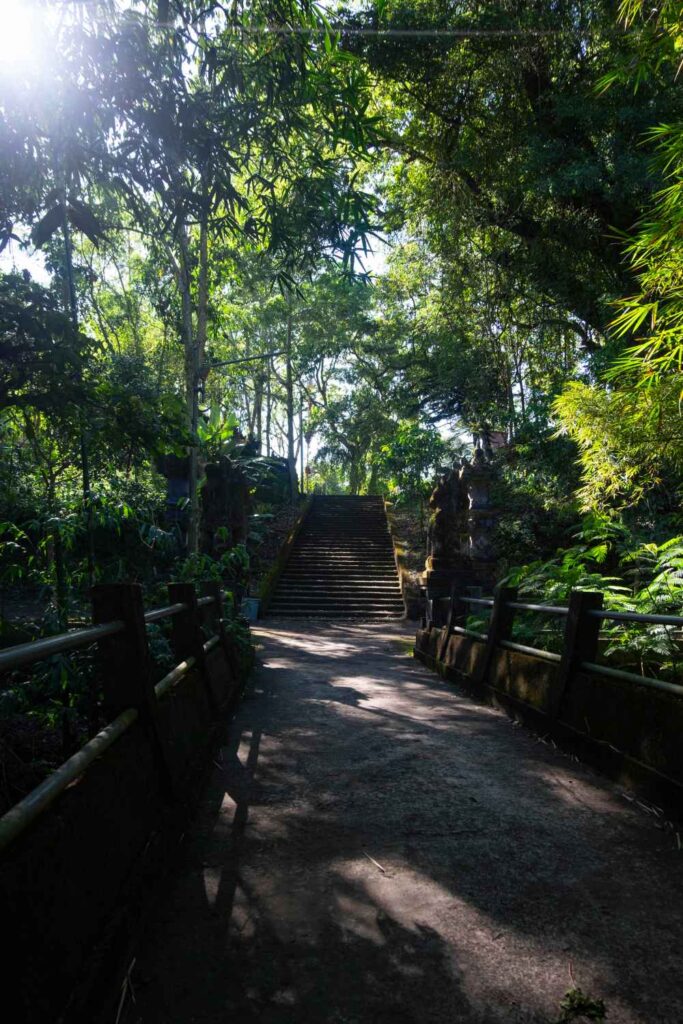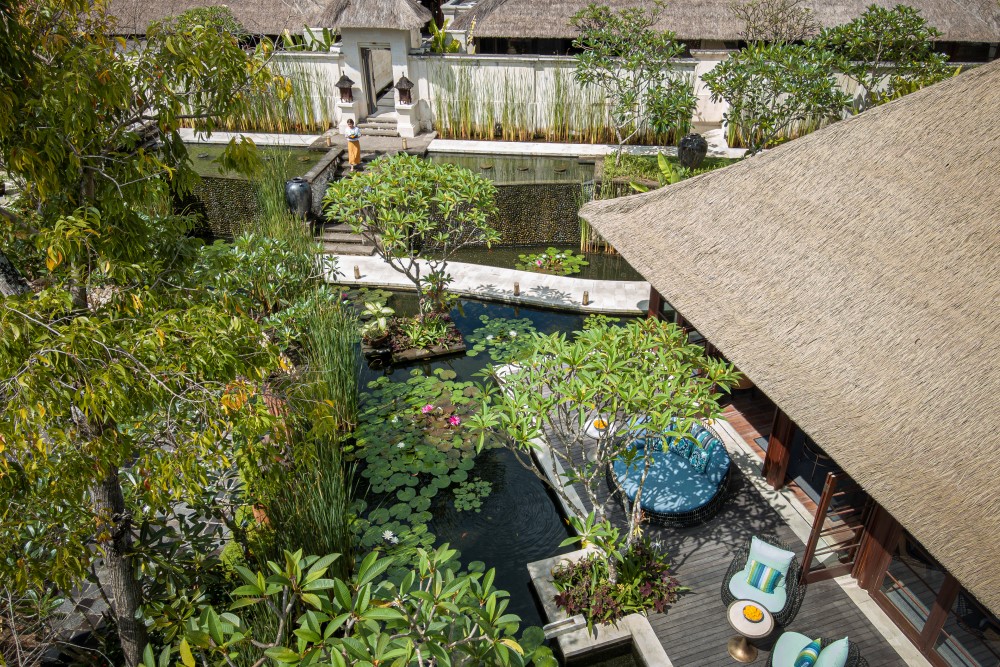
Deep within the basin of the Batur Caldera in Kintamani, tucked into the crater’s northern fringes, lies the remnants of an ancient kingdom. What was once the palace of the King of Bali is now a quaint temple known as Pura Dalem Balingkang.
In the 12th century, Bali was ruled by Sri Jaya Pangus. His time as King of Bali has been immortalised in Balinese lore, but it was also pivotal in transforming Balinese religious belief and culture. More than anything, it was his significant marriage to a Chinese woman (some say princess) that lay the foundations for this legacy.
Jaya Pangus’ marriage to Kang Cing Wie saw the introduction of new customs into Bali, such as the use of the kepeng, or pis bolong, Chinese coins now used for offerings. More importantly, it saw Buddhist elements merging with the Hinduism, which has resulted in the unique Balinese Hinduism we see to this day.
Jaya Pangus and Kang Cing Wie resided in Kintamani, and Pura Dalem Balingkang is testament to this history: its name, ‘Balingkang’, being an amalgamation of ‘Bali’ (for the King of Bali) and Kang (after his Chinese bride). The temple is located in Pinggan village, and despite its historic significance seems secluded and distant, like it has been lost and forgotten in time. Getting to the temple requires a walk from the parking area, this is a path through the ravine, over a bridge and up a set of stairs. On the other side is a vast, open complex, shaded by the sparse woodland growing inside its walls.




Further towards the steep crater wall is the temple itself, which inside is just as open and spacious. On the northeast corner as one enters is a peculiar site known as Gedong Linggih Ratu Ayu Mas Subanda, a space dedicated to Chinese shrines with the symbol of a large kepeng clearly marking its purpose. Dedicated to Kang Cing Wie, offerings and prayers are laid here to ask for fortune and prosperity. A high and handsome altar stands at the centre of this outer courtyard of Pura Dalem Balingkang, behind which stand two impressive gapura gates that mark the entrance to the inner courtyards. These are beautifully arrayed, with a row of frangipani trees lining the way to the central bale and meru shrines in the inner sanctum.
Whilst certainly not reminiscent of a regal palace by any account, the size and scale of Pura Dalem Balingkang makes up for it, giving this historic temple an atmosphere quite unlike any other in Bali. The journey here also brings you to a very rural corner of the caldera, offering another angle and vista of central Mt.Batur.


